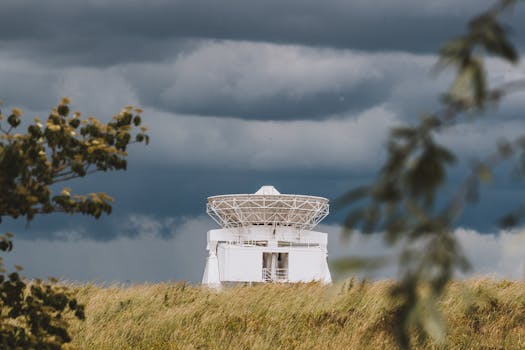
GEO satellites, or Geostationary Earth Orbit satellites, are a type of satellite that orbits the Earth at an altitude of approximately 36,000 kilometers, remaining stationary relative to a fixed point on the Earth’s surface. GEO satellites have revolutionized the way we communicate and navigate, providing essential services such as television broadcasting, telecommunications, and weather forecasting.
The first GEO satellite was launched in 1963, and since then, hundreds of these satellites have been launched into orbit, providing a wide range of services to users around the world. GEO satellites are particularly useful for applications that require a high level of availability and reliability, such as television broadcasting and telecommunications.
How GEO Satellites Work
GEO satellites work by using a combination of propulsion systems and gravity to maintain their position in orbit. They are typically launched into a temporary orbit, and then use their propulsion systems to maneuver into their final position. Once in position, the satellite’s velocity is matched to the rotation of the Earth, allowing it to remain stationary relative to a fixed point on the surface.
The satellite’s payload, which can include transponders, antennas, and other equipment, is used to receive and transmit signals to and from users on the ground. The signals are transmitted to the satellite via a ground station, and then re-transmitted back to Earth, allowing users to receive television channels, make phone calls, and access the internet.
Applications of GEO Satellites
GEO satellites have a wide range of applications, including television broadcasting, telecommunications, weather forecasting, and navigation. They are used by governments, corporations, and individuals to provide essential services such as emergency communications, remote sensing, and Earth observation.
One of the most significant applications of GEO satellites is in the field of telecommunications. They are used to provide mobile phone coverage, internet access, and other communication services to remote and underserved areas. They are also used to provide backup communication services in the event of a disaster or other emergency.
Benefits and Challenges of GEO Satellites
The use of GEO satellites has numerous benefits, including the ability to provide global coverage, high availability, and reliability. They are also relatively low-cost compared to other types of satellites, making them an attractive option for many applications.
However, there are also challenges associated with the use of GEO satellites, including the risk of interference from other satellites, the need for frequent maintenance and repair, and the potential for orbital congestion. Additionally, the launch and operation of GEO satellites are subject to strict regulations and international agreements, which can limit their use and deployment.
Future of GEO Satellites
Despite the challenges, the use of GEO satellites is expected to continue to grow and evolve in the coming years. Advances in technology are making it possible to build smaller, more efficient satellites that can provide a wider range of services. Additionally, the development of new applications such as satellite-based internet and 5G networks is expected to drive demand for GEO satellites and other types of satellites.
In conclusion, GEO satellites play a vital role in global communication and navigation, providing essential services such as television broadcasting, telecommunications, and weather forecasting. While there are challenges associated with their use, the benefits of GEO satellites make them an essential part of modern life, and their continued development and deployment are expected to have a significant impact on the future of global communication and navigation.
For more information on GEO satellites and their applications, please visit the following websites: NASA, Satellite Industry Association, and Internet Society.




